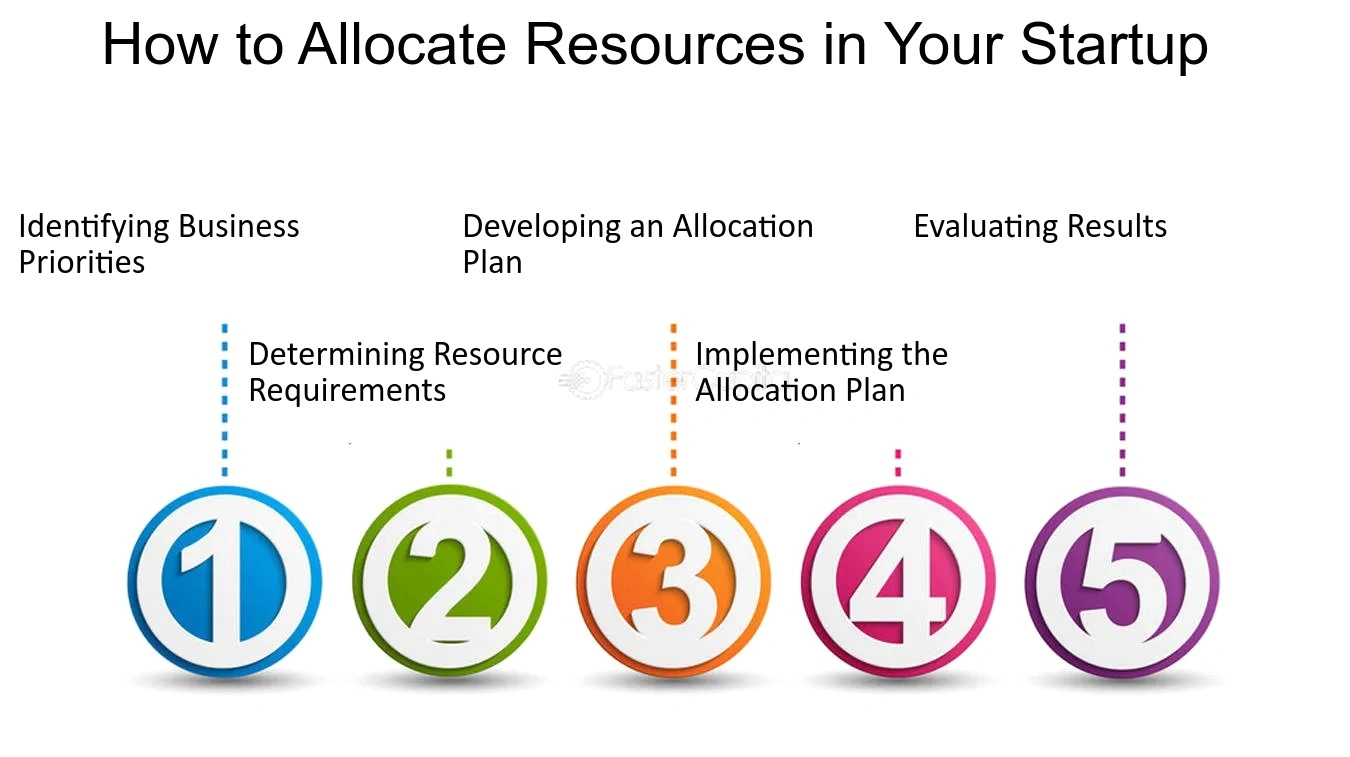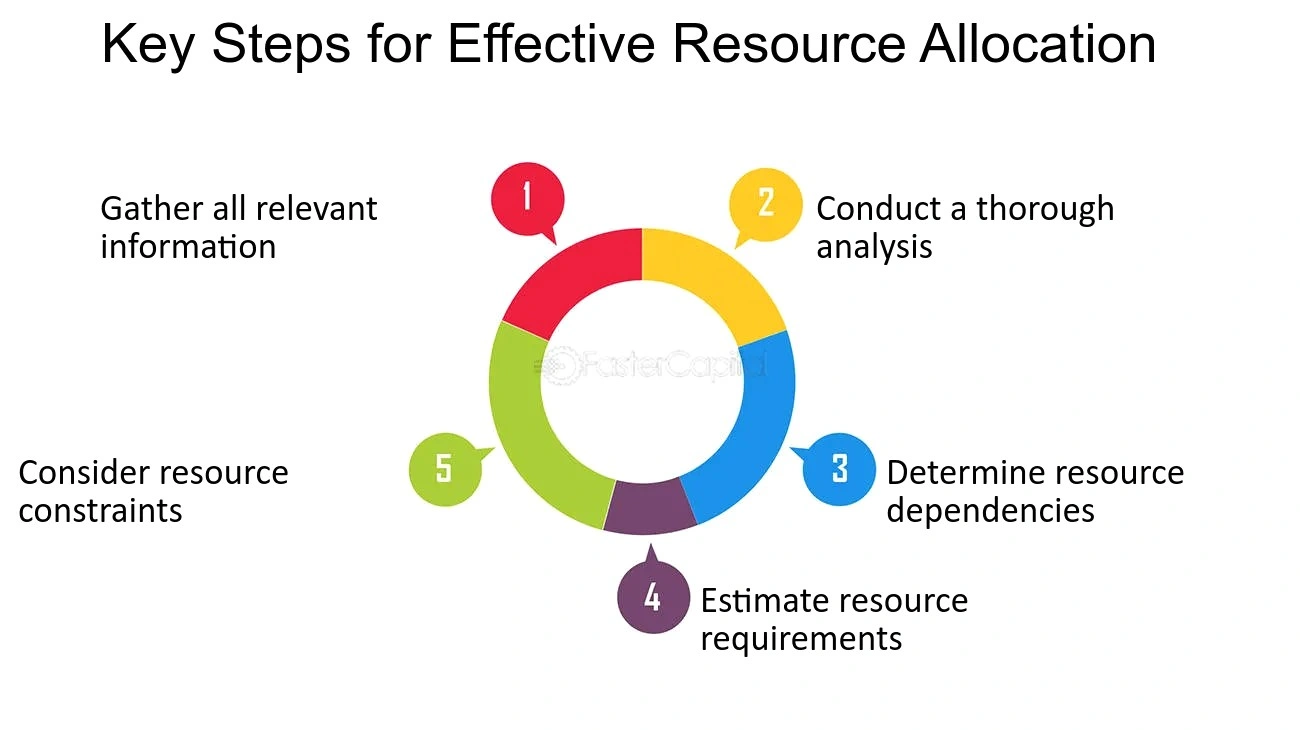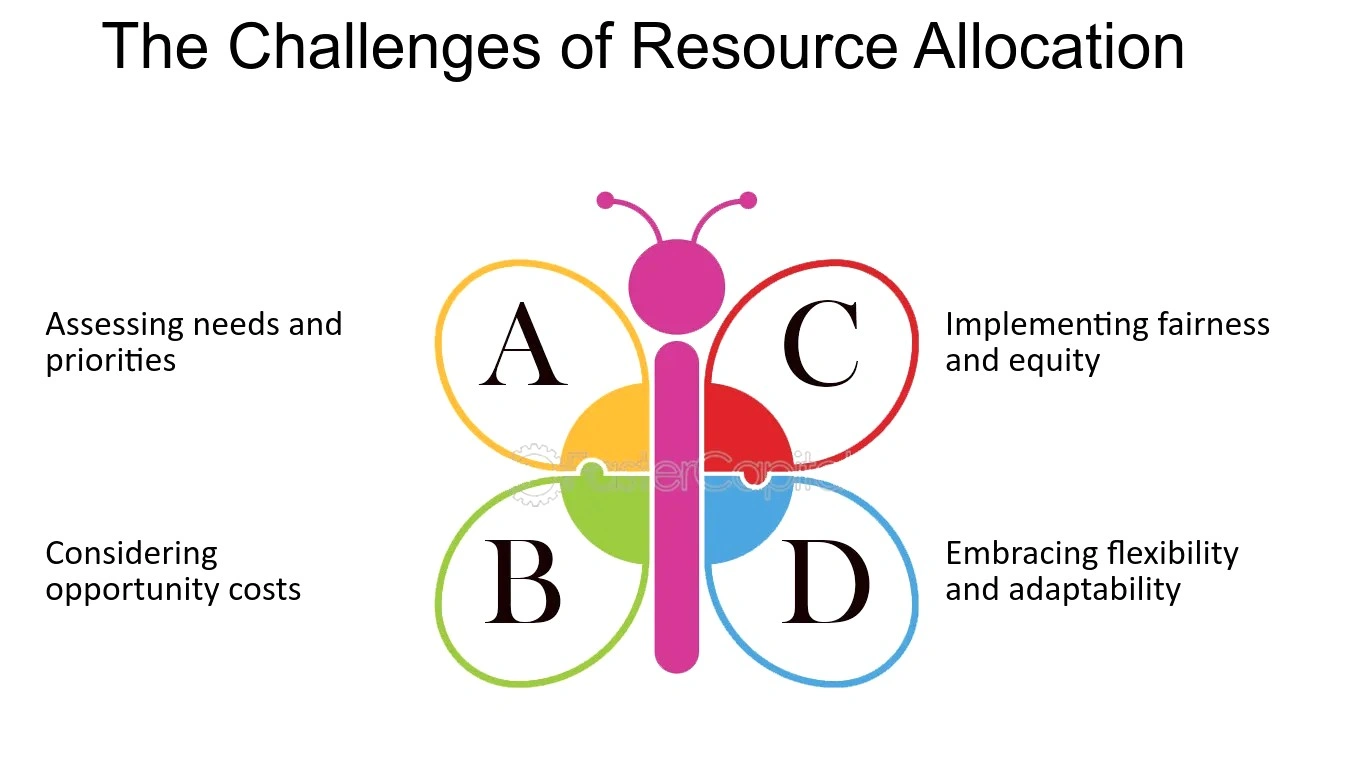Why Resource Allocation Matters
1. Enables Strategic Execution
The best strategies can fail if the right resources aren’t allocated to the right initiatives. Strategic plans become reality only through effective resource distribution.
2. Optimizes Productivity
Assigning resources based on skill, availability, and importance ensures higher efficiency and minimizes idle time or burnout.
3. Improves Cost Management
Misallocated resources often lead to overspending, duplication, or underutilization. Smart allocation helps control costs.
4. Enhances Decision-Making
A clear view of resource distribution allows managers to make informed trade-offs and prioritize high-impact work.
5. Increases Agility
Agile businesses can reallocate resources quickly in response to market changes or internal shifts, staying competitive and resilient.
Types of Resources in Business Management
1. Human Resources
Employees, consultants, freelancers—including skill sets, expertise, and time availability.
2. Financial Resources
Budgets, investments, cash flow—includes capital allocations for departments, projects, and operations.
3. Physical Resources
Equipment, machinery, facilities—includes maintenance, upgrades, and logistics.
4. Technological Resources
Software, IT infrastructure, cloud services—must be scalable and secure.
5. Time
A finite, non-renewable resource impacting project timelines and workloads.
6. Intellectual Resources
Data, patents, trade secrets, and knowledge assets—often overlooked but highly valuable.
 Project Cloud Sneakers for Women
Project Cloud Sneakers for Women
 Retro Oval 90s Metal Sunglasses for Women
$17.99
Retro Oval 90s Metal Sunglasses for Women
$17.99
 The Holy Bible in Audio
$0.00
The Holy Bible in Audio
$0.00


















